Update on Firefox Marketplace
Modern browsers based on open standards (like Firefox) enable developers to create amazing Web applications and websites. Mozilla is rapidly increasing the capabilities of the browser platform, which means developers can build more and more of their applications using Web technologies and we’ve been working hard to add more capabilities to the Web as a platform.
We first started working on building these capabilities into the Web and developing our own Firefox Marketplace last year. And, we have seen on the Web and particularly in mobile – Apps, those focused experiences are gaining massive adoption by consumers.
The future is mobile and we’ve made amazing progress with exposing Web APIs across platforms. We’re working to unlock the power of the Web on mobile, just as we did on desktop.
To this end, and based on what we have learned through our efforts to date, we’re now focusing our Marketplace offering. While we previously believed that desktop was the right initial first step to building out an HTML5 app ecosystem, we now believe that we need to pivot further and lead the way with mobile.
We’re not in any way changing our commitment to add features to Desktop as we still feel that Apps are as relevant on desktop as any other environment, but we do need to focus on mobile for the next few releases and as such you won’t see any changes in Desktop for a short period. As soon as mobile has caught up to desktop in features related to Apps we will refocus.
This means:
1) Mobile platforms will be the first target for our HTML5 apps, with desktop to follow providing the means for users to discover and manage their experience;
2) Initial platform targets are Firefox OS and Firefox for Android, with others to follow from our successes there.
We’re happy with the progress we’ve made and excited to share more soon about the next steps for the Web apps ecosystem and Firefox Marketplace. Stay tuned!
 Paul Mayne is founder and designer at
Paul Mayne is founder and designer at 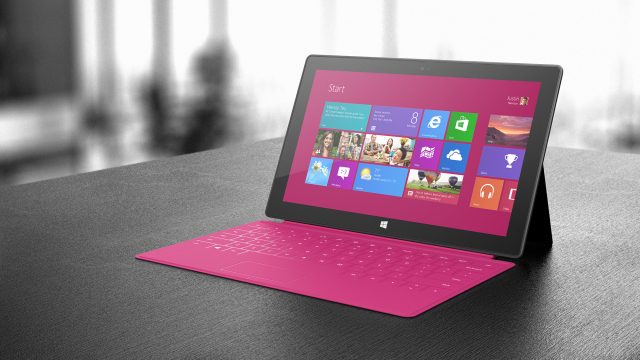
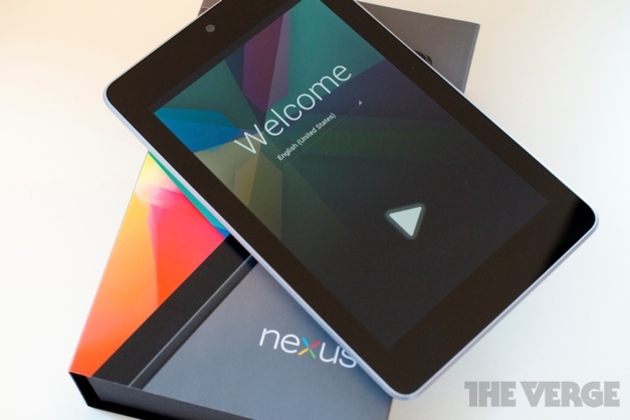 Google took the launch of the Nexus 7 as an opportunity to
Google took the launch of the Nexus 7 as an opportunity to  Dustin Mierau is co-founder and Chief Designer at
Dustin Mierau is co-founder and Chief Designer at 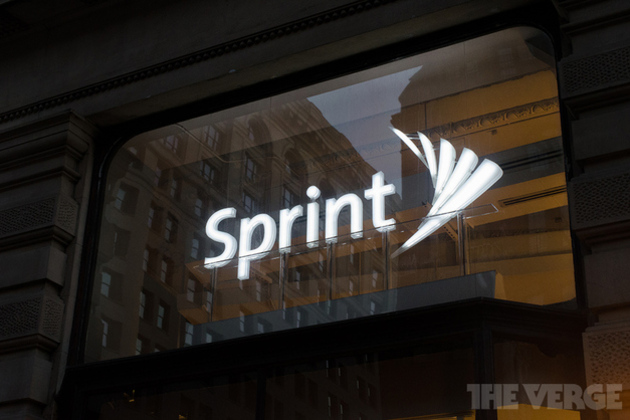 Sprint
Sprint 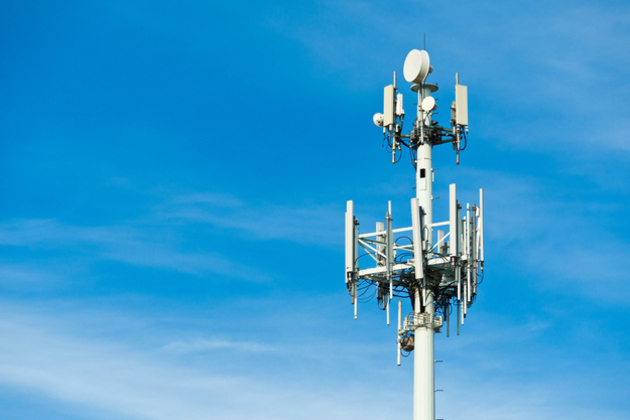
 The Taiwan-based smartphone manufacturer says profits drop 79 percent as competition from Samsung and Apple increases.
The Taiwan-based smartphone manufacturer says profits drop 79 percent as competition from Samsung and Apple increases.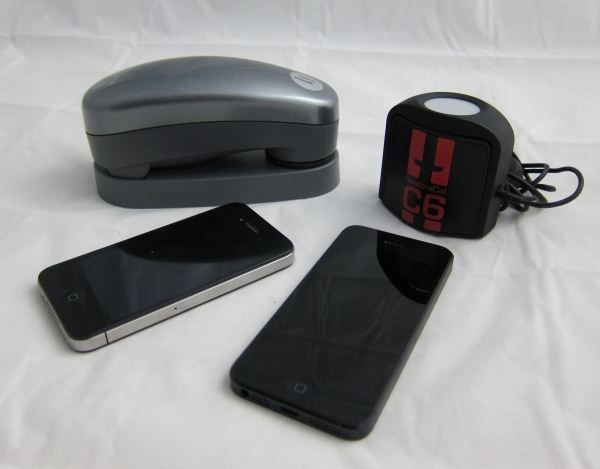
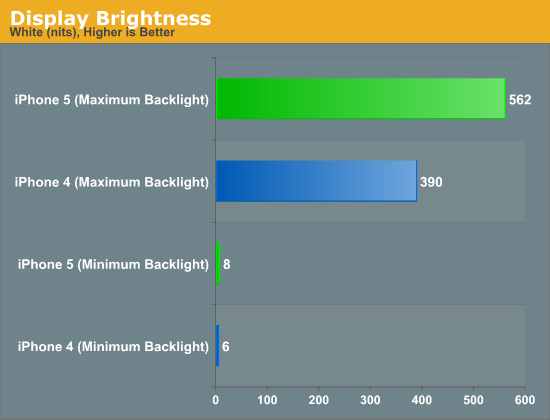

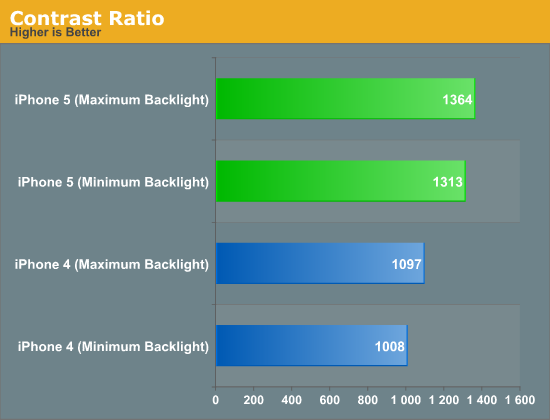
 The Streets of Southpoint in Durham mall is one of numerous sites across the country getting Microsoft "pop-up" stores as they are being called for the holidays.
The Streets of Southpoint in Durham mall is one of numerous sites across the country getting Microsoft "pop-up" stores as they are being called for the holidays. Mark Rolston holds the title of chief creative officer for Frog, the venerable design company responsible for the look of Sony Trinitron televisions in the seventies and Apple's minimalistic "Snow White" design language of the eighties. In 1999, it was Mark who personally drove the creation of
Mark Rolston holds the title of chief creative officer for Frog, the venerable design company responsible for the look of Sony Trinitron televisions in the seventies and Apple's minimalistic "Snow White" design language of the eighties. In 1999, it was Mark who personally drove the creation of 
 Half of all adult Americans now own either a tablet computer or a smartphone, and one-third use their mobile devices to view news stories and video clips at least once a week, a new report from Pew Research finds.
Half of all adult Americans now own either a tablet computer or a smartphone, and one-third use their mobile devices to view news stories and video clips at least once a week, a new report from Pew Research finds.